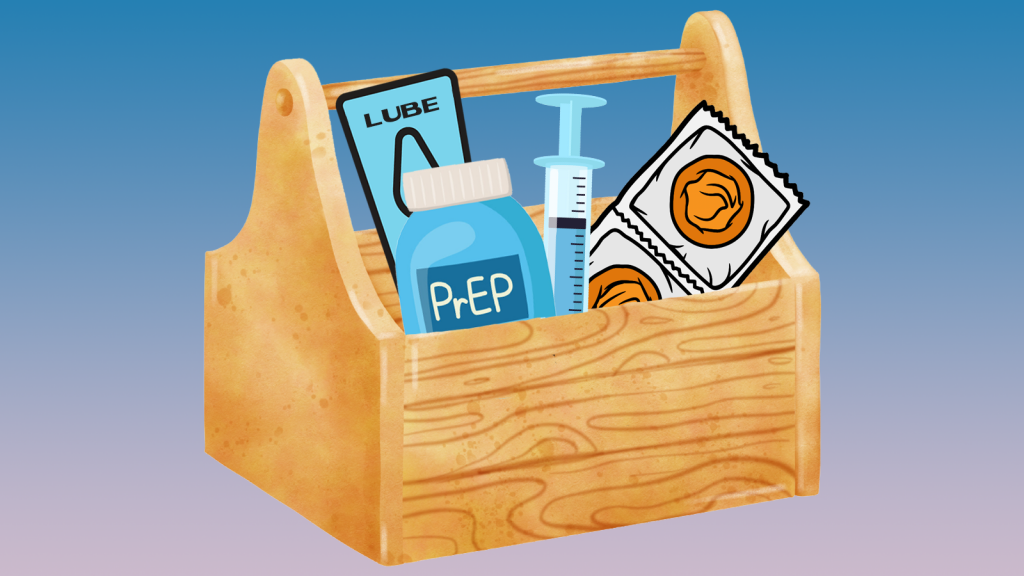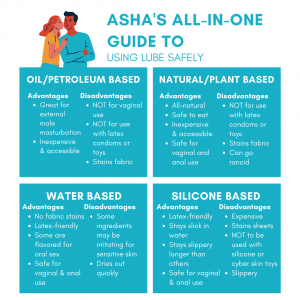PrEP stands for pre-exposure prophylaxis. The word prophylaxis means to prevent or control the spread of an infection or disease. PrEP involves taking medication to prevent HIV infection—either via a pill or a shot.
PrEP is for people without HIV who may be exposed to HIV through sex or injection drug use.
Learn more about PrEP.
Doxy PEP stands for doxycycline post-exposure prophylaxis. It is a prevention strategy that involves taking the antibiotic doxycycline after condomless oral or anal sex to prevent chlamydia, gonorrhea, or syphilis.
Doxy PEP is intended for adult men who have sex with men and transgender women who have sex with men, especially those who have had an STI in the last year. Health care providers may also suggest it to people in this community who have more than one partner.
Learn more about doxy PEP.
One important prevention tool against sexually transmitted infections is vaccination. Currently, vaccines are available to protect against infection with HPV, hepatitis A and hepatitis B, and mpox.
Learn more about vaccines to prevent STIs.









